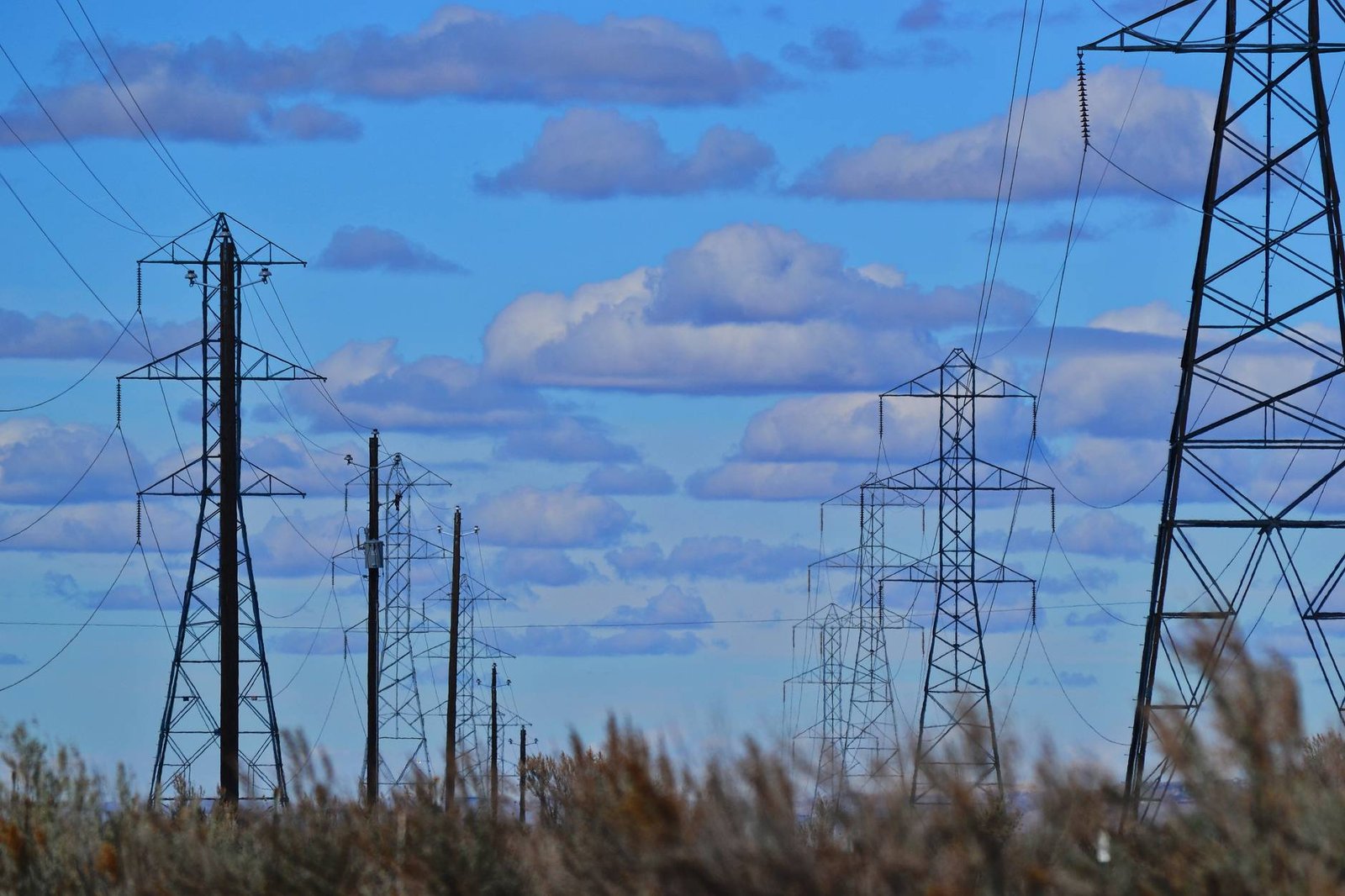India’s Solar Revolution: How CEA’s New Testing Standards Will Transform Renewable Energy
The Central Electricity Authority (CEA) has introduced groundbreaking draft guidelines that significantly upgrade solar equipment testing standards for panels, inverters, and grid systems. These reforms promise to elevate reliability across India’s renewable infrastructure while supporting ambitious projects like the NTPC 250 MW solar initiative.
Addressing India’s Quality Assurance Gap
Persistent performance issues have plagued solar projects when lab-certified components fail in field conditions. The new CEA protocols enforce rigorous stress-testing that mirrors the durability seen in the JinkoSolar Tiger Neo 3.0 TOPCon modules, setting a benchmark for all manufacturers.
Key Testing Enhancements
- Expanded thermal cycling (-40°C to 85°C range)
- Advanced humidity freeze protocols
- Tighter thresholds for balance-of-system components
Impact Across the Solar Ecosystem
Smaller installers may face higher upfront costs, but standardized equipment reduces long-term maintenance – similar to the operational efficiency seen in SAEL Industries’ 880 MW PPA projects.
Grid Integration Advancements
New anti-islanding mandates address the complexity of grid-tied systems, particularly crucial for hybrid installations approaching the scale of the 125 MW Nxtra-AMPIN hybrid project.
The Long-Term Vision
These standards position India for its 2035 net-zero targets by ensuring infrastructure quality – a critical factor for large-scale deployments in India’s growing solar manufacturing sector.






